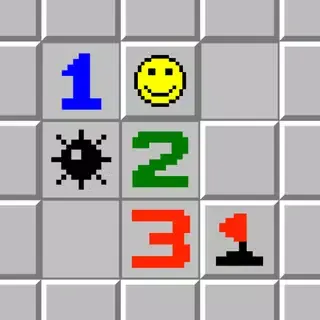Loading game...
Mine Sweeper
Mine Sweeper operates as a deductive logic puzzle where the definitive goal is to identify and uncover every safe square on the grid. Victory is achieved only when all non-mine cells are revealed, regardless of whether the hidden explosives are flagged or not
What is Mine Sweeper?
